Tackling the Diversity Crisis in STEM: Australia’s Current Landscape and Future Directions
Science, Technology, Engineering, and Mathematics (STEM) industry is critical to Australia’s economic and technological growth, however lack of diversity in the sector sets us back. The current state of diversity in STEM in Australia, the challenges faced by underrepresented groups, and the initiatives that are being undertaken to address the issue haven’t been substantial enough to create the larger impact yet.
The Current State of Diversity in STEM in Australia
Despite some progress, diversity remains a pressing issue in STEM fields across Australia. Women, Indigenous Australians, and people from culturally and linguistically diverse (CALD) backgrounds are significantly underrepresented. According to the Australian Bureau of Statistics, women constitute only 28% of the STEM workforce, while Indigenous Australians and people from CALD backgrounds represent just 1.6% and 20%, respectively. These statistics highlight the urgent need for comprehensive action to enhance diversity and inclusion in STEM.
Challenges Faced by Underrepresented Groups in STEM
Underrepresented groups in STEM face several persistent challenges that hinder their participation and advancement:
-
Gender Pay Gap: The gender pay gap in STEM is a significant barrier for women, with the Workplace Gender Equality Agency reporting a 21.3% gap, higher than the national average of 14.0%. This disparity affects women’s career progression and financial security.
-
Lack of Role Models and Mentors: Indigenous Australians and people from CALD backgrounds often lack visible role models and mentors in STEM fields, which can discourage their participation and hinder career advancement.
-
Limited Access to Education and Training: Access to quality STEM education and training opportunities remains unequal, particularly for Indigenous Australians and individuals from CALD backgrounds.
-
Discrimination and Bias: Biases in recruitment, promotion processes, and workplace culture create additional barriers for these groups, limiting their opportunities for growth and success in STEM careers.
Initiatives to Increase Diversity in STEM
Several initiatives have been developed to address the lack of diversity in STEM in Australia. Notable programs include:
-
Women in STEM Strategy: Launched in 2018, this government strategy aims to boost women’s participation in STEM education and careers and reduce the gender pay gap in the sector.
-
Indigenous STEM Education Project: This initiative seeks to increase the participation of Indigenous Australians in STEM education and careers through targeted programs and support.
-
Science in Australia Gender Equity (SAGE) Program: Promotes gender equity in STEM through various initiatives, including the Athena SWAN program, which supports institutions in their efforts to create more inclusive environments.
Diversity remains a critical issue in STEM in Australia. Women, Indigenous Australians, and people from CALD backgrounds continue to be underrepresented, facing challenges such as the gender pay gap, lack of role models, limited educational access, and workplace discrimination. However, ongoing initiatives like the Women in STEM Strategy, Indigenous STEM Education Project, and SAGE program offer hope for a more diverse and inclusive STEM future. It is imperative that these efforts are sustained and expanded to create lasting change in Australia’s STEM landscape.
Path forward
Diversity, equity, inclusion and equality remains a significant issue in STEM in Australia, with women, Indigenous Australians, and people from CALD backgrounds significantly underrepresented in the sector. The challenges faced by underrepresented groups, including the gender pay gap and discrimination and bias, create significant barriers to entry and progression in STEM careers. However, there are several initiatives underway to address the issue, and it is hoped that these will lead to a more diverse and inclusive STEM sector in the future.
References:
Australian Bureau of Statistics. (2020). Characteristics of employment, Australia, August 2020. ABS Catalogue No. 6333.0. //www.abs.gov.au/statistics/labour/employment-and-unemployment/characteristics-employment-australia/latest-release
Australian Government. (2018). Women in STEM strategy.ttps://www.industry.gov.au/data-and-publications/women-in-stem-strategy
Workplace Gender Equality Agency. (2020). Australia’s gender pay gap statistics. https://www.wgea.gov.au/data/fact-sheets/australias-gender-pay-gap-statistics
Indigenous STEM Education Project. (n.d.). About the project. ttps://www.questacon.edu.au/projects/indigenous-stem-education/about-the
